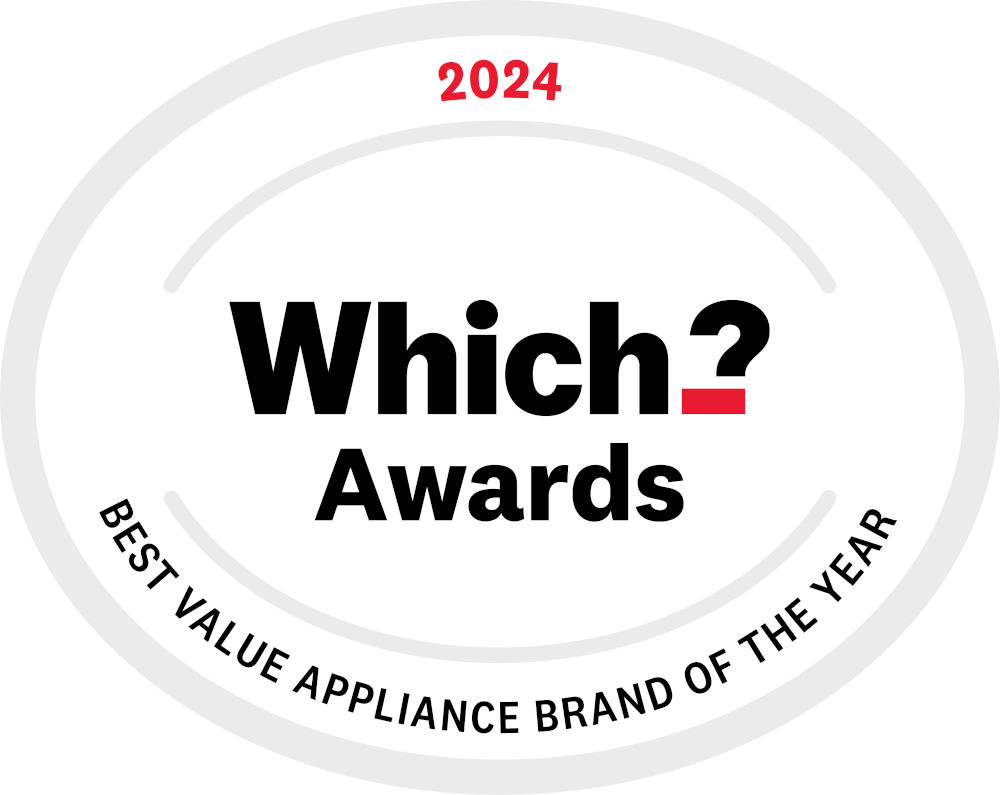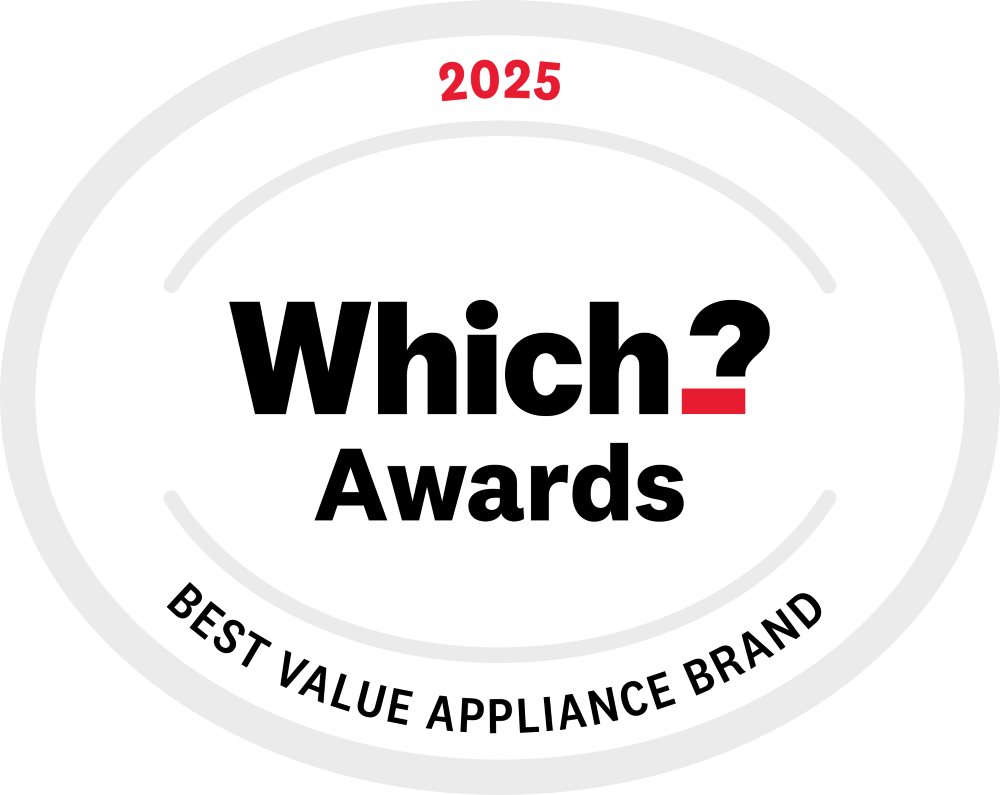How to Choose From Different Types of Ovens
Choosing the right oven is an important decision for anyone looking to enhance their culinary experience at home, but how can you be sure which oven is right for your needs?
There are so many considerations that can influence your purchase, from cooking efficiency to style and design, or even integrated or freestanding.
One thing is certain - with Beko, you will find an oven that meets all your requirements.
Understanding Oven Types
To begin, we are going to look at the major categories of ovens:
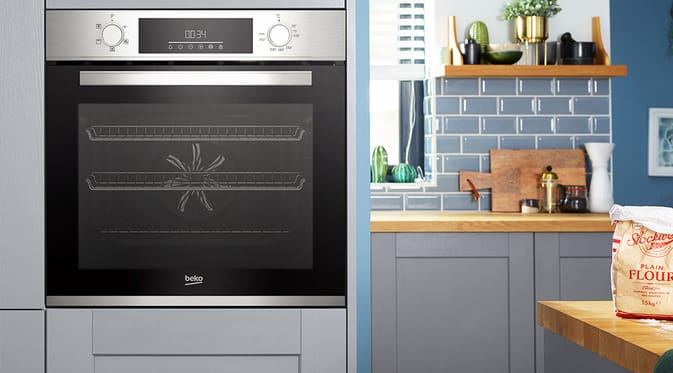
Built-in single ovens
A practical choice for everyday cooking and baking, a built-in single oven is ideal for smaller households or anyone who doesn’t need a large amount of oven space.
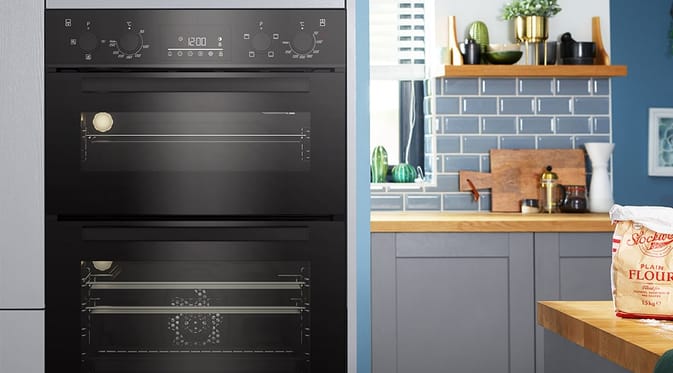
Built-in double ovens
With two separate compartments, a double oven lets you cook different dishes at varying temperatures at the same time. Perfect for larger families or keen hosts, they can be installed in a wall unit or beneath an island for flexibility.
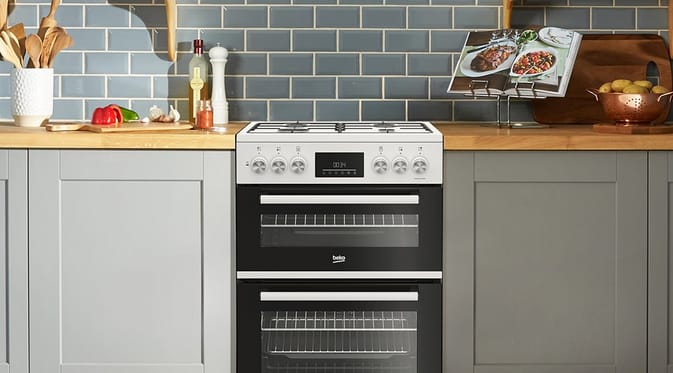
Freestanding cookers
Combining a hob and at least one oven, freestanding cookers are versatile appliances. They come with options such as fan, conventional, or multifunction ovens, and hob choices including induction, ceramic, gas, or solid plate.
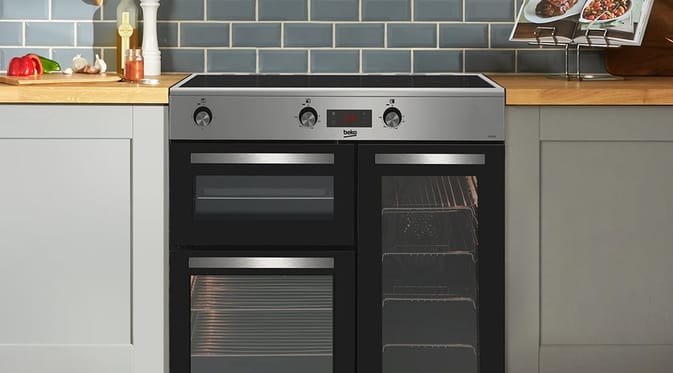
Range cookers
A traditional style, range cookers are freestanding appliances with multiple ovens and a spacious hob with several burners. They suit larger households and those who love to entertain, offering capacity and flexibility.
For guidance on the difference between conventional, fan and multi-functional ovens, explore our Oven Buying Guide.
Gas vs. Electric Ovens
Choosing between gas or electric often comes down to personal preference, as both have their distinct benefits.
Gas ovens make the process of temperature change far more seamless than their electric counterpart. Gas is also ‘generally’ cheaper than electricity, meaning it is the option that is most likely to land you with a lower energy bill. Gas ovens are only available with freestanding cookers and range cookers.
Electric is the more likely of the two to distribute heat evenly. Some users may also find that without an open flame they find the overall use safer, especially in households where there are children and/or pets that reside there.
Specialty Ovens
If you are looking to elevate your cooking skills and experience even further, the option of specialty ovens may be one that suits your needs.
Steam ovens utilise water vapour to cook your food and are often associated with healthier cooking, due to this cooking method's ability to preserve vitamins and minerals from your ingredients.
Our AirFry ovens use our AirFry tray, combined with AeroPerfect™ technology’s unique hot air distribution, for food that is crispy on the outside and soft inside, without the need for much oil.
The convenience of a self-cleaning oven is one that is attractive to a lot of people. It works by raising the internal temperature high enough that it burns off food residues.
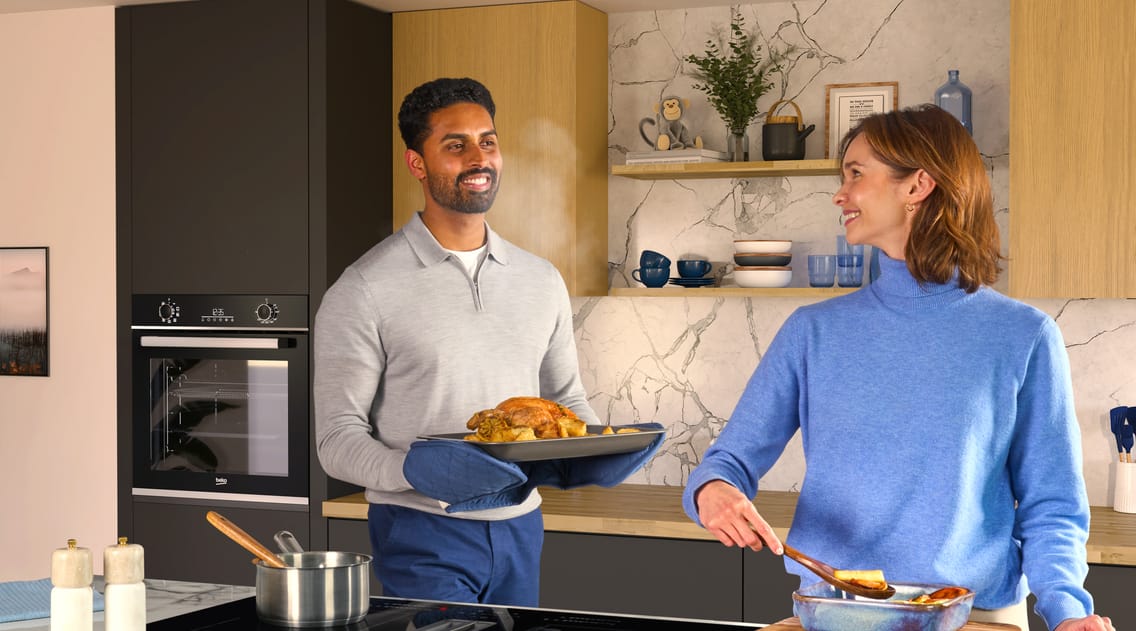
Size and Capacity Considerations
In order to get the most from your kitchen it is important that you find an oven that not only meets your needs, but also that fits into the layout of the kitchen in terms of space and design.
If your kitchen is on the small side, and space is an issue, a single oven or integrated oven is most likely to be the best option. But if you have plenty of space, and a range cooker fits in with the style of your kitchen, then that is easily the best option with its size and capacity advantages. Read our Built-in Oven buying guide for helpful tips on comparing capacities and oven sizes.
Energy Efficiency and Cost
Assessing the energy efficiency differences between gas and electric is another important consideration to make before you purchase your new oven.
Gas ovens will typically operate with lower costs due to cheaper fuel prices, but electric ovens and their capability of maintaining a consistent temperature also makes them energy efficient.
Both have pros and cons, and in this case, it is largely down to personal preference and utility costs with your provider as to whether you choose gas or electricity.
Choosing the Right Oven for Your Needs
Choosing the right oven for your specific cooking habits and kitchen layout requires careful consideration and planning.
It is important that the oven you choose is:
- In your budget
- Able to fit into the kitchen space you have set aside for it
- The right model for your preferred cooking style
- Energy-efficient
Frequently Asked Questions
What oven size do I need?
To make the decision on the oven size you need, it is important to consider your cooking habits and kitchen space and choose which is best for that.
How can I improve the energy efficiency of my oven?
A couple of very simple yet effective ways of improving the energy efficiency of an oven is to preheat only when necessary and trying to reduce the number of times the oven door is opened.
Should I choose a gas or electric oven?
This depends on your cooking style. Electricity is generally the preferred option for baking due to its even distribution of heat.
Which type of oven is considered the best for baking?
For even cooking and browning whilst baking, convection ovens are generally considered to be the best.

